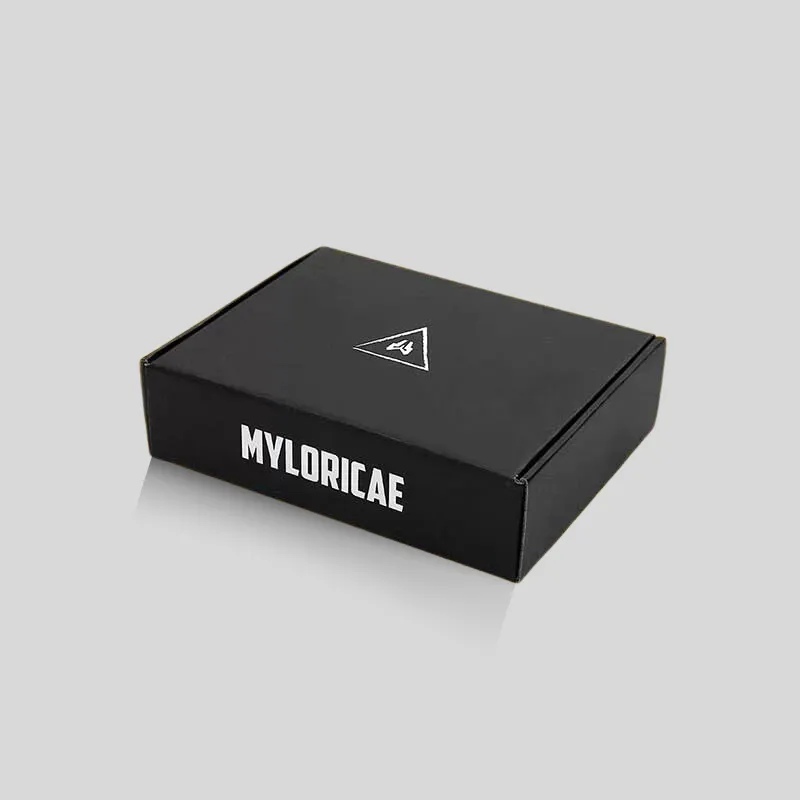
Introduction
Packaging is no longer just about protecting products—it’s about delivering a meaningful experience. With the advent of smart packaging, consumers are interacting with products in ways unimaginable a few years ago. Whether it’s a QR code that unlocks product information or an RFID tag that ensures your online order arrives fresh, smart packaging is transforming the way consumers engage with brands.
Overview of Smart Packaging Technologies
Active Packaging
Active packaging goes beyond containment—it actively interacts with the product inside to maintain freshness, reduce spoilage, or even extend shelf life.
Intelligent Packaging
Intelligent packaging communicates with consumers. It can track a product’s condition and provide valuable insights, like a color-changing label that indicates freshness.
Internet of Things (IoT) in Packaging
IoT-enabled packaging connects physical products to the internet, enabling real-time tracking, monitoring, and interaction.
How Smart Packaging Improves the Consumer Experience
Enhancing Convenience with Technology
Smart packaging makes everyday tasks easier, from automated product tracking to packaging that interacts with mobile apps for seamless ordering.
Personalization Through Smart Packaging
Brands use packaging to connect with consumers on a personal level by delivering targeted offers, messages, or product information.
Sustainability and Smart Packaging
As consumers lean toward sustainable choices, smart packaging aligns with eco-conscious goals. Solutions like kraft soap boxes made from recyclable materials combine technology with sustainability.
Active Packaging in Action
Extended Shelf Life for Perishable Goods
Active packaging technologies ensure food products stay fresh longer, reducing waste and enhancing consumer trust.
Examples from Food and Beverage Industries
Food companies are using oxygen-absorbing packaging to keep snacks crispy and drinks fresh, while sensors monitor temperature during transport.
Intelligent Packaging for Enhanced Consumer Engagement
Interactive Labels and QR Codes
Many brands integrate QR codes on packaging to share recipes, how-to videos, or product stories with consumers.
Augmented Reality Experiences
AR packaging offers immersive experiences—imagine scanning a label on black bakery boxes and watching an animation of how the product was made!
The Role of IoT in Packaging
RFID Tags and Product Tracking
RFID-enabled packaging helps retailers monitor inventory accurately, preventing out-of-stock situations.
Real-Time Updates and Inventory Management
IoT integration allows consumers to get instant updates on order status, reducing delivery uncertainty.
The Shift Toward Sustainable Packaging Solutions
Eco-Friendly Materials and the Appeal of Kraft Soap Boxes
Packaging solutions like kraft soap boxes are gaining traction as consumers demand eco-friendly alternatives. These boxes are biodegradable and align with the zero-waste movement.
Smart Packaging That Promotes Zero-Waste Initiatives
Smart packaging tracks product usage to minimize waste, ensuring that consumers only buy what they need.
Black Bakery Boxes and the Future of Retail Packaging
Combining Aesthetics with Functionality
Black bakery boxes offer a sleek, luxurious look that appeals to consumers, proving that packaging can be both beautiful and functional.
The Role of Packaging Design in Consumer Decision-Making
Packaging design plays a crucial role in first impressions, influencing a consumer’s decision to buy.
Smart Packaging in the Food and Beverage Industry
Monitoring Freshness and Quality with Sensors
Smart sensors embedded in packaging track temperature changes, ensuring the quality of products throughout the supply chain.
Smart Packaging’s Impact on Delivery and E-commerce
In the era of online shopping, smart packaging provides transparency in delivery, ensuring customers know exactly when and how their orders will arrive.
Challenges and Limitations of Smart Packaging
Costs and Implementation Hurdles
While the benefits are clear, implementing smart packaging can be expensive, especially for small businesses.
Data Privacy Concerns
As packaging collects consumer data, companies must address privacy concerns and ensure information security.
Overcoming the Challenges with Innovation
Collaboration Between Tech Companies and Manufacturers
Strong partnerships between tech and manufacturing industries can lower costs and drive innovation.
Government Regulations and Consumer Education
Governments play a key role in setting standards and educating consumers about the benefits of smart packaging.
Future Trends in Smart Packaging
Integration with AI and Blockchain Technology
AI will enable more advanced personalization, while blockchain ensures transparency throughout the supply chain.
Growth of Personalized Packaging Experiences
Expect to see more packaging that adapts to individual preferences, creating deeper brand-consumer connections.
Conclusion
Smart packaging is not just a trend—it’s the future of consumer interaction. By blending technology, sustainability, and convenience, it offers solutions that benefit both businesses and consumers. From kraft soap boxes to black bakery boxes, packaging is no longer just about function; it’s about experience. The rise of smart packaging has redefined what consumers expect, and the future promises even more exciting developments.
FAQs
- What is the difference between active and intelligent packaging?
Active packaging preserves product quality, while intelligent packaging provides real-time information and interaction. - How does smart packaging benefit the environment?
Smart packaging minimizes waste and promotes the use of sustainable materials. - Are black bakery boxes considered smart packaging?
While primarily aesthetic, black bakery boxes can integrate smart features like QR codes for added consumer interaction. - What industries benefit the most from smart packaging?
The food, beverage, and e-commerce industries see significant benefits from smart packaging solutions. - Is smart packaging affordable for small businesses?
Although initially expensive, collaboration and technological advancements are making smart packaging more accessible to small businesses.